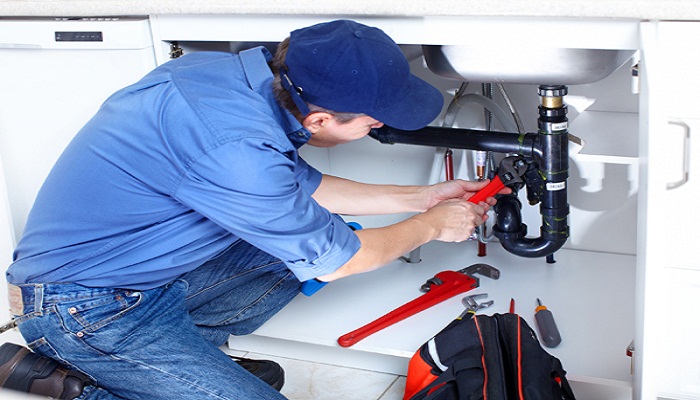The First Sewer
Although modern plumbing, drains and sewer systems all seem to be new inventions, in fact most of the devices used in our homes, shops and businesses actually started out many hundreds of years ago. The original drainage system started about four thousand years ago, in Crete.
The location was Knossos, in the great Minoan Palace, where enormous stone sewers carried away waste from no less than four drain systems. The Palace drains were linked to the sewer using terracotta pipes, carrying water under the floor in a similar way to underfloor heating today.
The water was used for faucets, fountains, and pools. While the majority of people in Knossos would not have made use of these facilities, for those in power there was every luxury when it came to flowing water. There was even a modern-style flushing toilet. The West would not see similarly sophisticated flushing toilets until the end of the 18th century.
Urban Plan Sewers
The Romans were also prolific sewer-builders, and in fact our name for sewer work, plumbing, comes from the Latin term Plumbum, or lead. This is because much of the Roman sewer system was made from lead piping. The term came to be associated not just with the specific lead pipes that were being used, but with any type of pipework which carried water to and from a building.

Unlike in Knossos, where plumbing was only for the very top tier of society, the Romans developed a more communal sewer system, based on the Roman bathhouse principle where a lot of people used the same water. Public baths and barracks were heavily dependent upon good plumbing to ensure that the pools and washing areas were constantly filled. This was not a small amount of water by any means, as Caracalla’s baths were built on a 28-acre location, but was still not large enough to rival the rise of Diocletian’s baths.
Within this area, there would be several different pools, some cool, and some hot, all of which would need to be regularly cleaned and filled with fresh water. Even at home, the Romans were not without plumbed water. A large city such as Rome had more than 850 private baths, and even a smallish town such as Pompeii had taps in the majority of homes.
Perhaps the most impressive piece of water-conduit work practiced by the Romans was the aqueduct.
While people are familiar with the ruins of external aqueducts, these are only a fraction of the real amount, with more than 200 miles of conduit built to carry water to cities. External aqueducts barely amount to 30 miles of this extensive system. These aqueducts could carry large amounts of water each day, and not only forced water downhill using gravity, but also could drive water uphill with siphons. In some areas, there were tanks that were used to briefly hold the water, letting gravel and dirt sink to the bottom and ensuring that the water was fresh and clean. This was the ideal solution to the problem of transporting enough water to satisfy the city’s demands.
